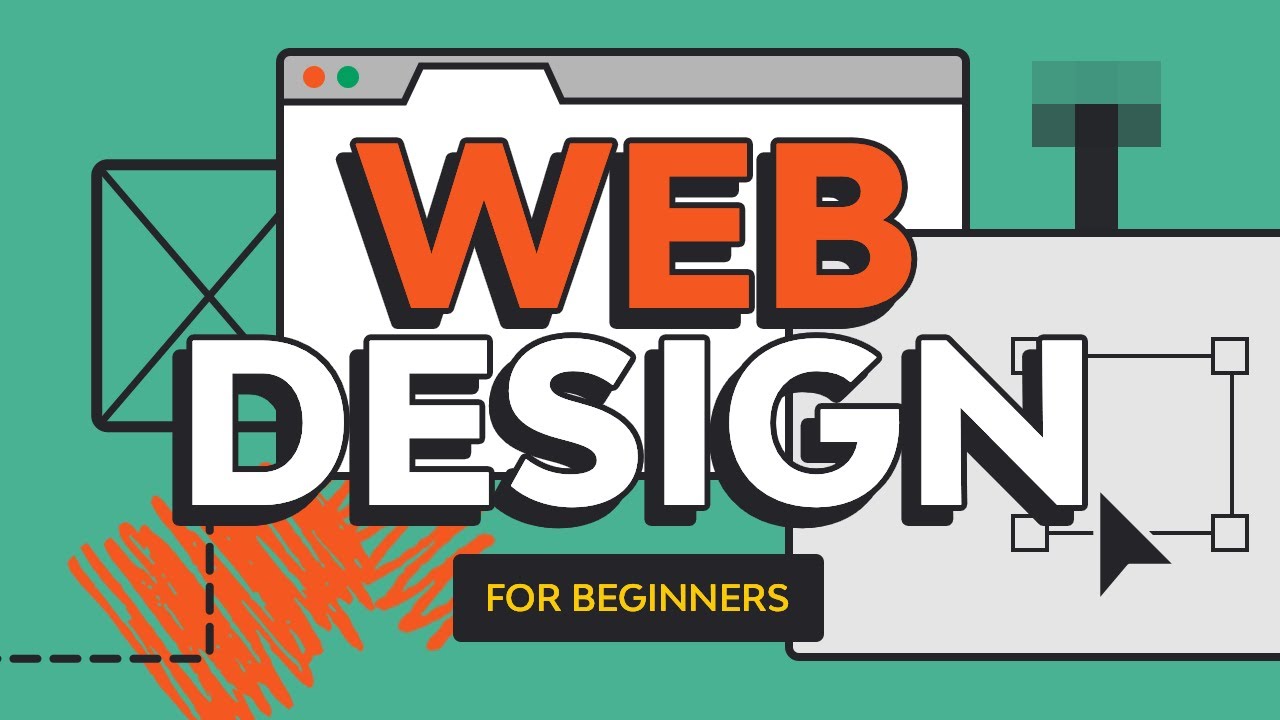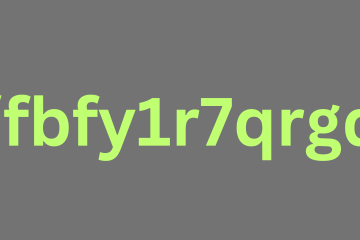HTML is a markup language that is used for web designing. The goal of html is to build a webpage by writing the text, pictures, and graphics. A web designer should be well-trained in html in order to create a beautiful and functional website for their client. In addition, it is essential for the designer to know how to maintain consistency in their work.
HTML is a markup language
HTML is a markup language used to create web pages. It defines the structure of a web page and how its contents should be displayed. The language is also useful for adding multimedia content.
This is the language that most Web designers use to write and design websites. Although HTML has evolved over time, it is still a standardized format for creating web pages.
HTML is a simple and straightforward text format that allows you to define the layout and organization of your webpage. It also lets you add links to your pages. You can also use HTML to create additional features such as images, video, and forms.
Originally, HTML was a static and barebones language. However, it soon became apparent that it could be expanded to meet the needs of a web-based system. In fact, millions of websites are written in HTML.
HTML consists of numerous elements called tags. The elements are designed to set off specific paragraphs and sections of a webpage. Each tag contains its own content. Using HTML, you can build a webpage that is attractive and informative.
Tags are a crucial part of HTML. The b> tag gives emphasis to a piece of text in the form of italics. Similarly, the h> tag is used for headings. Both of these tags are usually used in conjunction with other formatting features such as Cascading Style Sheets (CSS) and JavaScript.
The World Wide Web Consortium (W3C) is an organization that works to maintain and develop the standards of HTML. Other organizations like WHATWG are working to further develop HTML5.
Using HTML properly allows you to create an interactive web page. It also helps search engines understand the content of your website.
Colors
Colors play an important role in web design. For example, if your site is focused on health and wellness, the color green is a good choice. Or, if you are launching a company, you might choose dark blue. The color will communicate trust and intelligence.
In HTML, you can specify the color of a page element, such as the text or a table, with a hexadecimal or RGB value. You can also use a predefined color name.
You can also add a background color. Using the bg-color attribute, you can set the background color of a block on the page.
A hexadecimal (base 16) number is the most common way to specify a color. It represents the amount of red, green, and blue in a color. There are over 16 million possible colors. Adding a font tag is another method of determining the color of a font on the page.
Another popular option is to use a color name. This type of name makes it easy to remember the color. However, not all browsers support it. That’s why you should check with your website’s developer for details.
You can also specify a color by using HSL values. These stand for hue, saturation, and lightness. Currently, the W3C supports sixteen basic color names.
Hex color codes are the most commonly used method of determining the color of a website. They represent the color of red, green, and blue in HTML.
Choosing a web-safe palette is a great way to determine the color of a website. The most common names are “red,” “green,” and “blue.” If you want to change the color of a font on your website, you can do so by using the font tag.
Unity and consistency
A well-crafted website will feature a polished look, well-applied typography, and proper formatting. It should also have a streamlined user experience that is simple to navigate and enjoyable to read. With so many elements to consider, it’s not uncommon for web designers to fall prey to the urge to include more than their fair share. However, it’s always important to remember that a cluttered design can actually detract from a well-crafted experience.
The web is an ever-changing medium. For this reason, it’s a good idea to make sure that every element on your page has a defined role to play. In addition to this, you’ll need to consider its size and weight. Luckily, there are several tools at your disposal. Some of these are more specialized than others, but they can help you achieve your design goals.
There’s no need to fill every square inch of your user’s screen with colour. Using colour to create balance and interest is a smart move. Also, the right colour combination can make copy easier to read. Lastly, a well-designed website will have a unified UI that’s consistent across devices. This means that users don’t have to suffer from ad-hoc layouts or broken navigation links.
The same is true of the other most important component of a quality web design: typography. Use fonts with a few well-chosen words to add oomph to your text without taking over your reader’s attention. Likewise, avoid using dangling quotation marks or slapdash punctuation. And, don’t forget to use the right size font!
Overall, a comprehensive approach to HTML web designing can ensure that your design is a well-oiled machine. If you take the time to understand and apply these tips, you’ll have a headstart on your competition.
Helvetica Neue font
If you are looking for a typeface for your HTML web designing, then Helvetica Neue is the best choice. It is a realist sans-serif typeface with an open design.
Originally designed in 1957, Helvetica is one of the most popular fonts in the world. Its design was based on the Neoclassical typefaces of the 19th century. Although it is similar to other sans-serif fonts, Helvetica is unique in its structure.
The font family is divided into 16 styles. They include nine weights, plus obliques for the condensed versions.
Helvetica is the most widely used typeface on the planet. Many designers and corporations have used it for branding purposes.
While the original Helvetica was created in 1957, it was redrawn in 1983 and has been renamed “Helvetica Neue.” Since then, it has been enhanced in appearance, performance, and ease of use.
Despite its popularity, it can be difficult to find the right version of Helvetica. There are several fonts with similar names, such as Tahoma, Calibri, and Canva. Some vendors list the same name but in reverse, which means that you may not find the version you need.
Several vendors also provide the fonts without a number designation. You should check with them before installing the fonts on your computer.
Another reason for its popularity is its compatibility with mobile devices. As people view presentations on their handheld devices, it is important to ensure that they can easily read the text. That is why it is essential to use a font that is simple and easy to read.
Helvetica Neue was adopted by Apple in 2013 for its iPhone interface. Since it has a unified width, it does not take up extra space on mobile screens.


